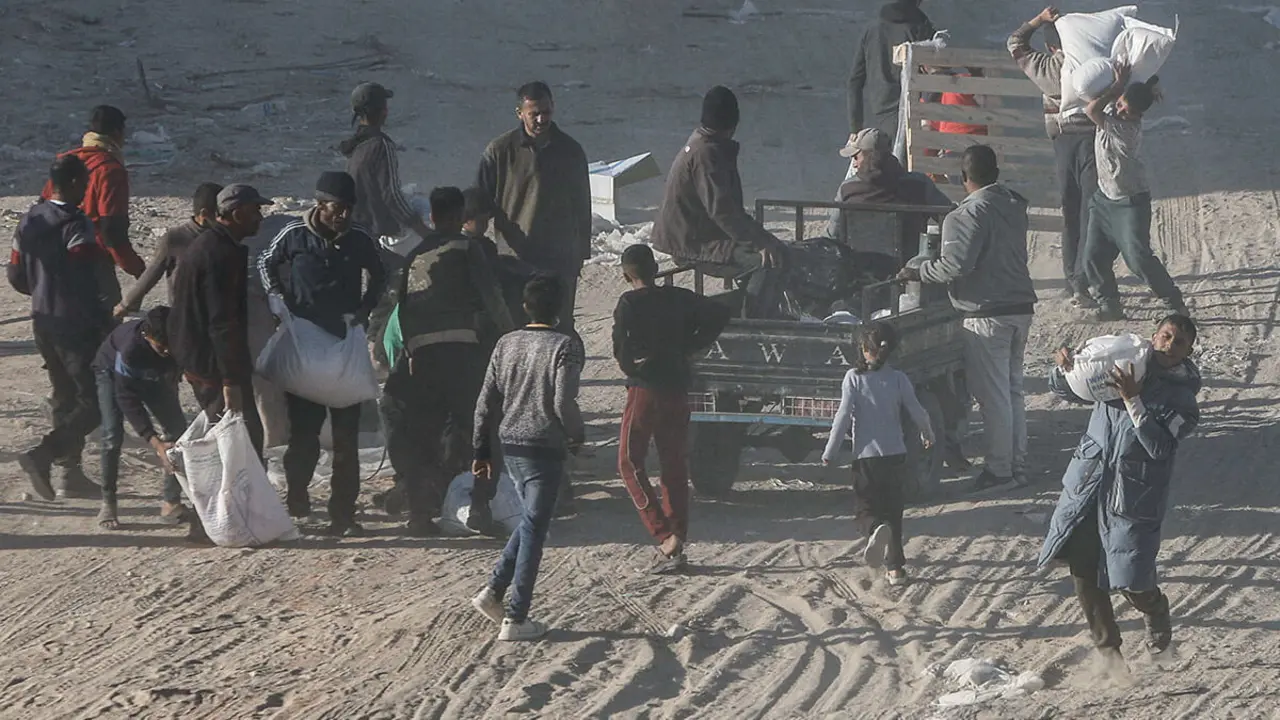The cost of Deutsche Bank's debt default cover soars
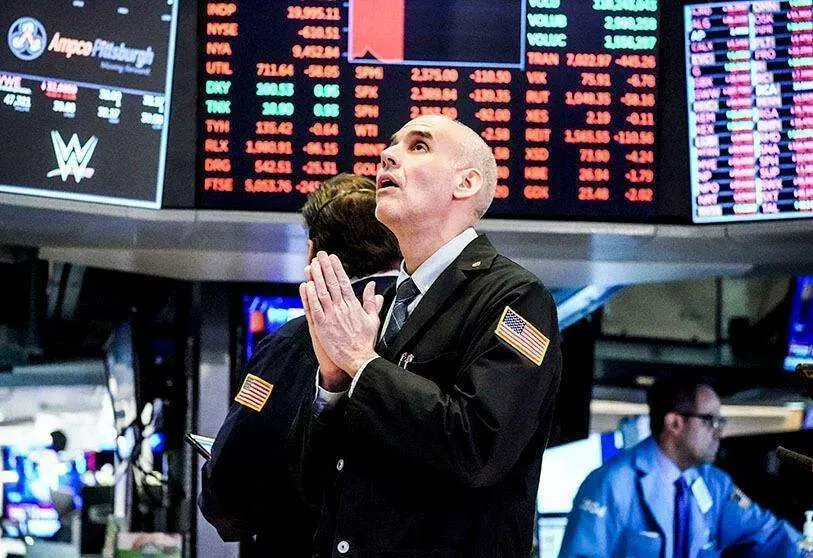
Calm is far from arriving in the banking sector, despite repeated messages of serenity from regulators, supervisors and the financial institutions themselves. The effects of the crises at Silicon Valley Bank (SVB) and other banks in the United States and Credit Suisse in Europe are still lingering.
Now the market is targeting Deutsche Bank: the cost of debt default swaps (CDS) for Germany's largest private bank has soared, and its share price has plummeted by more than 8%. The announcement of the early redemption, on 24 May 2023, of $1.5 billion (1.379 billion euros) of fixed-rate Tier 2 subordinated debt, maturing in 2020, is fuelling market suspicions.
All European banks are down on the stock market: Nordea 7%, UBS, 5.5%, Société Générale, 5%, UniCredit and BNP Paribas, 3%. And also in Spain: Sabadell fell by 6.85%, Unicaja Banco by 5.62% and BBVA by 5.35%. Santander, CaixaBank and Bankinter fell less.
Pedro del Pozo, director of financial investments at Mutualidad de la Abogacía, believes that "more than a banking crisis, what we are seeing is a loss of confidence in banks due to poor management in a complicated context.
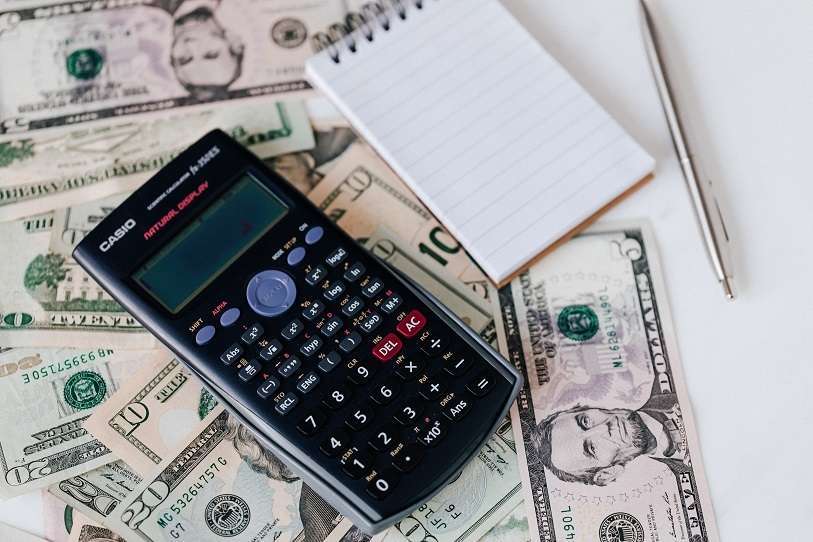
"The Federal Reserve believes that fighting inflation without going through a recession is very complicated with very high inflation. In that sense, it seems that rationality is coming back a little bit. We will probably have to put economies into a sharp economic contraction in order to contain inflation. If inflation continues to persist and there are further rate hikes, which the market is not seeing right now, we will probably see more impact on the market, both in bonds and equities," he warns.
Giordano Lombardo, CEO and co-chief investment officer at Plenisfer Investments, part of the Generali Investments investment ecosystem, believes that balance sheet issues related to the bond portfolio are not unique to SVB. "Leaving aside the reckless behaviour of SVB's management (total failure to manage interest rate risk) and the incredible lack of oversight of a bank that had close to $250 billion in assets, its balance sheet problems related to the bond portfolio are not unique to it," he says. And he cites a statistic provided by Nouriel Roubini to CNN on 12 March: US banks are sitting on "$4.62 trillion in unrealised losses with only $2.2 trillion in capital".
"The current events are a direct consequence of the unusual monetary policy of the last few years. It is an extreme case of a more pervasive problem: unrealised losses on banks' balance sheets due to the sudden rise in interest rates. First, the Fed injected an inordinate amount of money into the economy until 2021. A considerable part of this liquidity flowed into banks' coffers in the form of MBS (mortgage-backed securities) and Treasury bonds. The Fed then said that interest rates would remain low for a long time ("temporary" inflation). When it changed course in 2022 and raised rates quickly and sharply, some banks found themselves with large unrealised losses on bond portfolios," he explains.
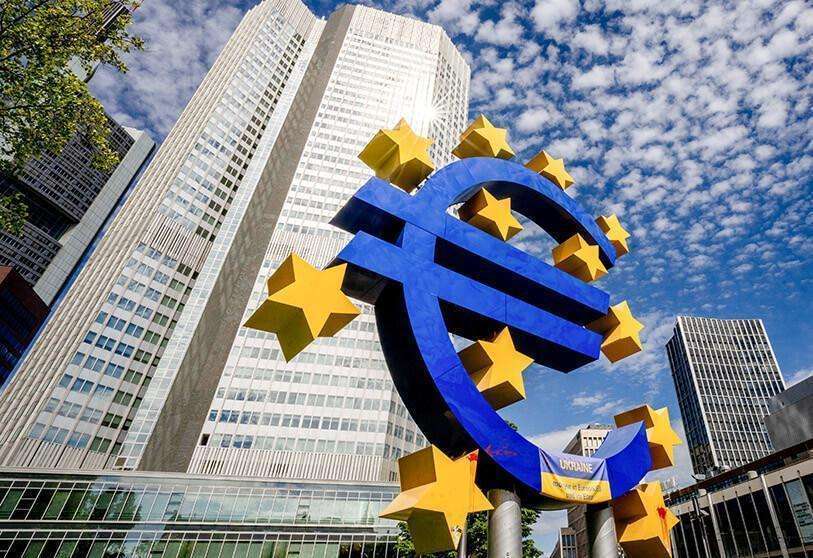
But he rules out the possibility that US banks are at risk. In addition to the government's measures to curb deposit flight, the reserve coverage ratio is above 200% and higher than in the 2000s. "This means that banks are prepared for a possible increase in non-performing loans," he stresses.
However, with banks in this situation, the Fed's commitment to reducing its balance sheet by selling off assets bought to deal with the pandemic is unlikely to be "robust". "Financing banks through liquidity measures is not "technically" QE, as the Fed is not buying bonds, but it has the same effect, expanding its balance sheet," he warns.
"There is too much debt in the system, both in the public and private sectors, and the servicing of this debt could become unsustainable. If a new crisis emerges, it will be in the sectors that benefited most from the zero interest rate policy of the past, which are the most exposed to sudden rate hikes. Any new crisis will be met with the same medicine: more government support, more money printing and more currency devaluation," warns Giordano Lombardo.
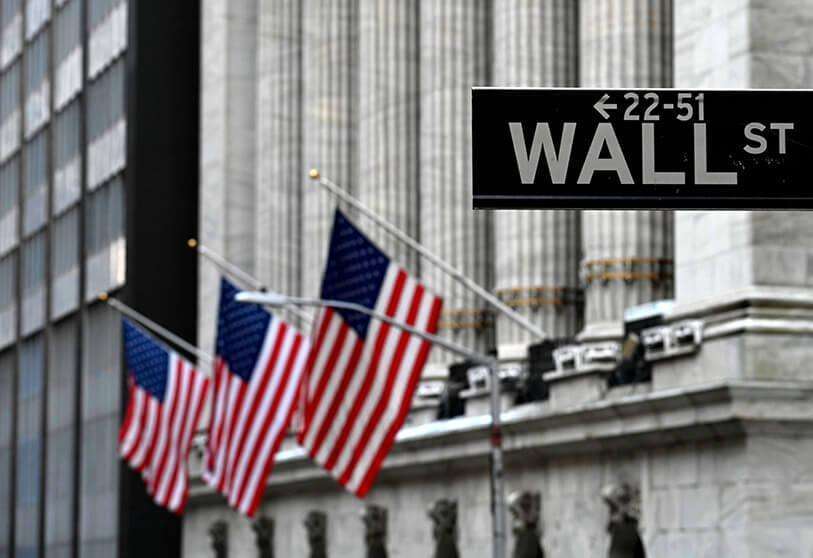
Keith Wade, chief economist and strategist at Schroders, points out that "the SVB bankruptcy has complicated the picture and will lead to some tightening of financial conditions and investor caution". "This will dampen growth, but at this stage does not appear to be systemic enough to cause a more general credit crunch and recession," he says.
"Firms have not been under financial pressure to restructure and cut jobs. As a result, inflation remains a problem, as costs have been passed through to consumer prices. From this perspective, the source of the resilience of growth, inflation and corporate profits lies in the dynamism of underlying demand, which has remained strong enough to absorb higher prices," he adds.
"The reduction in household savings reflects the use of funds accumulated during the pandemic, when spending was limited. We estimate that households went into last year with $2.4 trillion in "excess" savings, based on pre-pandemic trends. During 2022, about $800 billion was used to support consumption according to our calculations, which is equivalent to the decline in the savings rate, leaving an excess of $1.6 trillion. The fall in savings can also be seen in the sharp decline in the M2 measure of the money supply, as households withdrew their bank deposits. On this basis, we would argue that the source of consumer resilience lies in the 'excess' unspent savings from the pandemic and, as the largest component of GDP, this explains much of the overall strength of the economy," he argues.
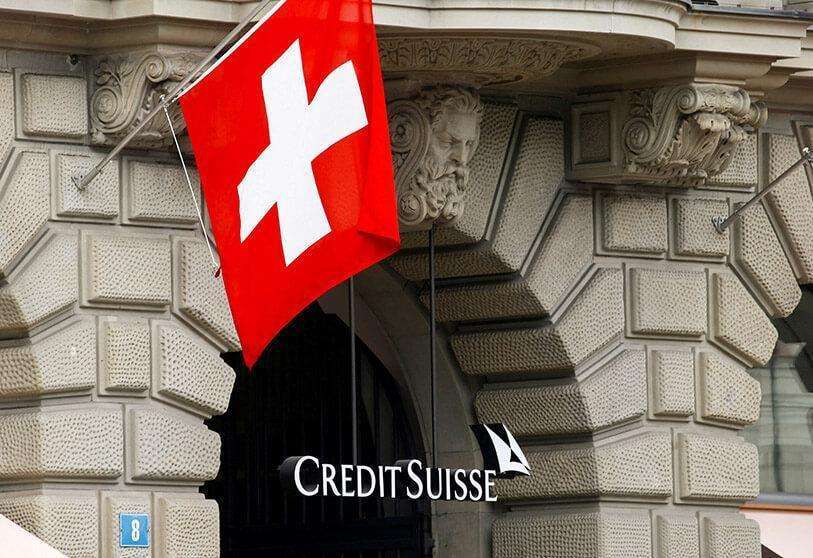
"We expect the savings glut to run out at a similar pace to 2022 and, as a result, we would see another year in which households keep their saving rate below normal," he reasons. "As a result, consumption in 2023 will depend entirely on real income growth", and consumption growth of 1% "would represent a considerable slowdown in demand, which would put pressure on firms' pricing power and reduce profit margins and cash flows. Firms would react by cutting jobs, thereby increasing unemployment. This, in turn, would lead to a slowdown in consumption, as households would become more cautious".
"Higher interest rates are working to slow down the economy, but, as always, they are slow to have an impact on economic performance. An example of this is the real estate sector," the Schroders expert points out. "Recession is delayed rather than avoided. If consumer demand cools as expected, this is likely to happen in the second half of the year, if not later," he concludes.






